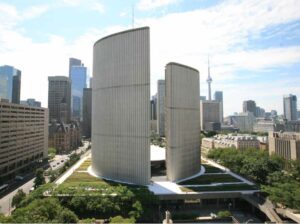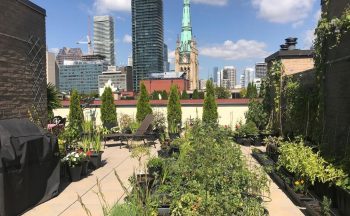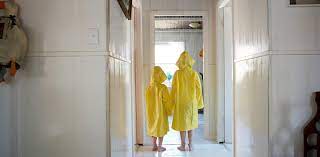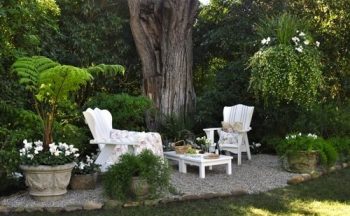 February 2022
February 2022
Green roofs offer a natural oasis from the city; a place to relax, picnic or have a barbeque. Some are used as a community garden, sitting area, sports, or pet recreation area.
A green roof is a layer of vegetation grown on a rooftop. It may be grass on a resident-inaccessible rooftop or fully landscaped area with plants providing a relaxful and enjoyable refuge. The roof includes water proofing, repellant to prevent roots from growing into the roof and drainage system all below a lightweight growing medium. Green roofs exist separate from the ground above or below.
“Green roofs can be virtually maintenance free with the use of drought-resistant plants. Those designed to reflect a more traditional garden require more care and attention”, explains David Hills of Busybee Gardening which specializes in servicing of green roofs and terraces. “We provide a level of care to these spaces that is typically beyond what can be expected from building staff or residents.”
Green roofs can be incorporated in new builds or retrofitted on an existing structure. Benefits include energy savings; more comfortable internal temperatures during coldest and hottest periods; reduced landfill by prolonging the life of HVAC systems; better rainwater management with less stress on sewer systems; and improved air quality as plants capture airborne pollutants and filter undesirable gasses. Green roofs are able to retain 70-90 percent of precipitation in summer and 25-40 percent in winter.
The life of a roof can increase by a factor of two or three when green and properly maintained. In Europe, where green roofs were first used, some have been known to last up to 60 years.
Urban areas can be considerably warmer than surrounding rural areas because of human activities and lack of green area. Green roofs help minimize this imbalance.
Green roofs offer new amenity space for communities short of green space while helping to reduce other expenditures.







